Pumpkin Profile
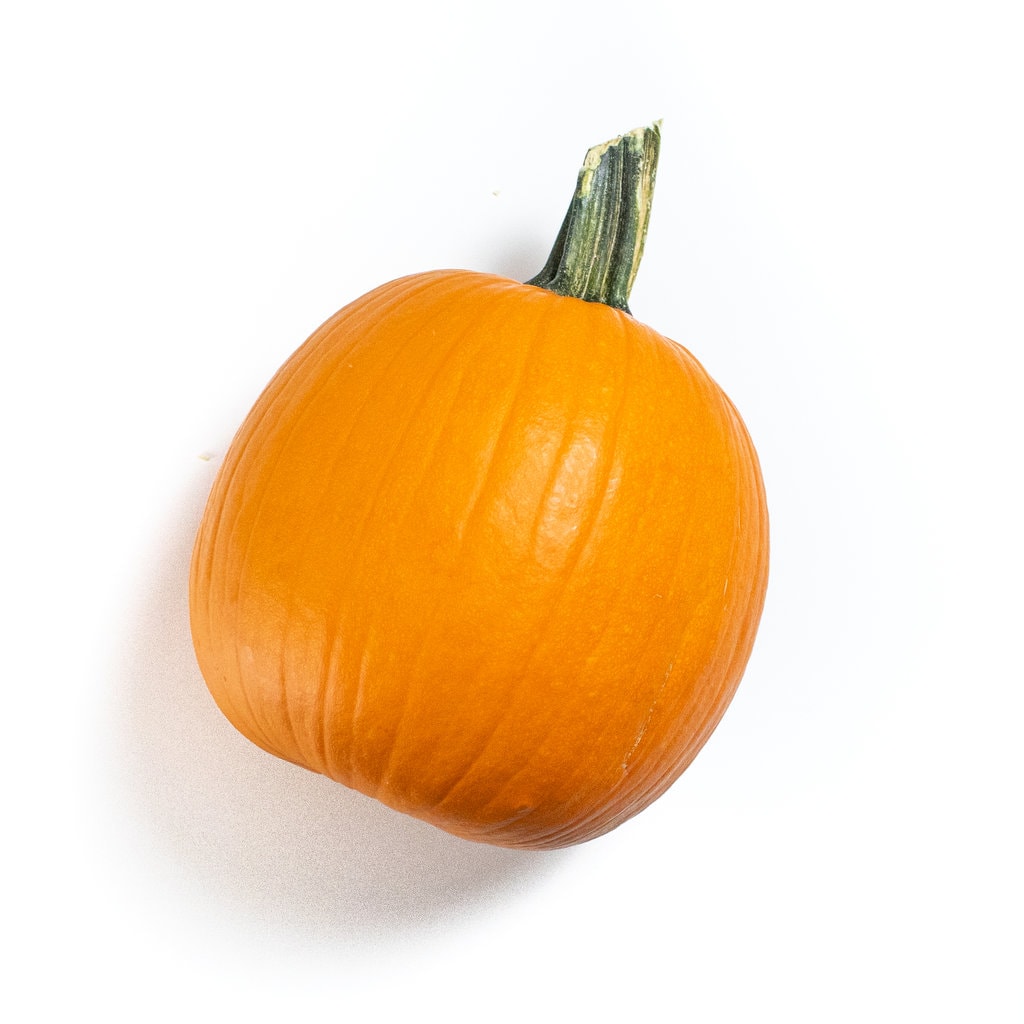
Medically reviewed and cowritten by Jamie Johnson, Registered Dietitian Nutritionist (RDN).
Pumpkin Benefits
It’s obvious from their golden hue that pumpkin is rich in Vitamin A and Beta Carotene! When eaten and digested, beta-carotene turns into Vitamin A in the human body, providing us with healthy, glowing skin and good vision. Not only does pumpkin help our skin and eyes, but it’s an outstanding source of carotenoid antioxidants that help protect our cells from damage. The fleshy part of the pumpkin is nutrient-dense, and so are the seeds! Pumpkin seeds are rich in minerals and Vitamin E and are a fun, crunchy snack after they’re roasted. Baby should wait on these since the outer husk can be hard to chew, but pumpkin puree can be used in sweet breads, as a topping on yogurt, and roasted in the oven as a delicious treat for baby.
Health Benefits of Pumpkin
Pumpkin has so many nutritional benefits, making it an excellent option for your little pumpkin!
- A good source of fiber and can prevent and resolve constipation
- High in beta-carotene, which helps aid eyesight
- Contains antioxidants and vitamin C to help strengthen immunity
- A good source of potassium to help heart health
- Contains iron, important for preventing iron deficiency anemia and transporting oxygen around the body
Highlighted Nutritional Importance of Pumpkin
Vitamins
Vitamin A – is important for your baby’s vision health and promotes healthy bone growth.
Vitamin C – an antioxidant that helps build a healthy immune system and keeps gums healthy.
Vitamin B6 – an important vitamin that helps your body metabolize protein, fats and carbohydrates from the food you eat.
Vitamin B2 – promotes growth, good vision and is important for your baby’s bone and muscle health.
Minerals
Manganese – crucial for forming healthy bone and cartilage
Copper – this mineral is essential for forming red blood cells and helps keep hair growing and looking healthy
Potassium – an electrolyte mineral that helps with muscle function and heart rhythm
Magnesium – supports the immune system and helps to maintain muscle and nerve function
How to Select and Store Pumpkin
When searching for a pumpkin you’ll be cooking with, look for smaller pumpkins (around 5-8lbs) that are labeled as “pie pumpkins” or “sugar pumpkins.” Buying a smaller pumpkin ensures great flavor and will be less stringy than the larger variety. Pumpkins tend to decay easily, so it’s important to inspect them carefully before you purchase them at the farmer’s market or grocery store. You want the pumpkins to be firm, heavy for their size, and have dull rinds, not glossy. A dull, hard rind indicates a pumpkin with great flavor!
Pumpkins tend to lose their nutritive value when cooked for long periods, so try not to overcook or bake. You can steam, boil or bake pumpkin, but baking is the best option for optimal flavor and nutrient retention. Once cooked and cut into chunks or pureed, pumpkin should be used immediately or stored in the refrigerator or freezer. Pumpkin freezes quite well and can be used year-round in sauces, soups, and delicious baked goods!
Canned pumpkin is a great option, too. Just look for pumpkin puree instead of pumpkin pie filling, which contains added sugar.

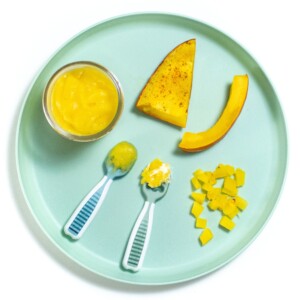
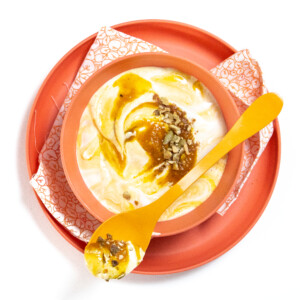
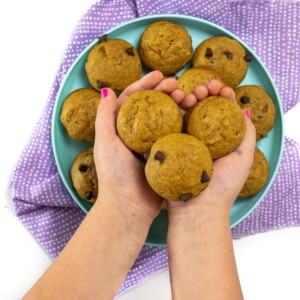
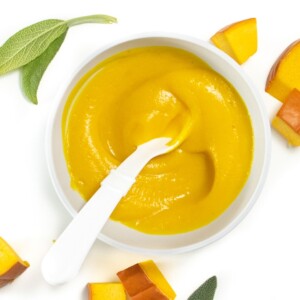
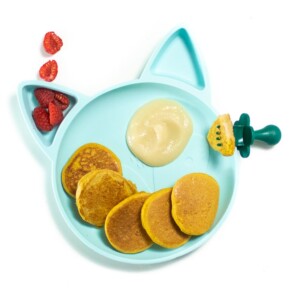
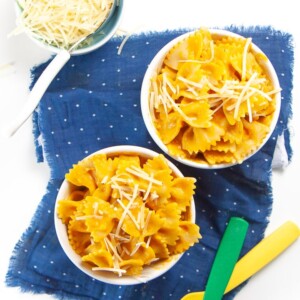
6 Comments on “Pumpkin Profile”
I’m from New Zealand, and we don’t get the yellow/orange pumpkins here. Instead we have a hard pumpkin with a grey/white skin. I know our grey pumpkins are great for roasting….but do they taste the same as your pumpkins? I only ask because I see alot of recipes say to use the yellow/orange pumpkin in deserts and we wouldn’t dream of using our pumpkins for that, but I don’t know if that’s just a cultural thing, or if your pumpkins are sweeter then ours.
Hello Jessica,
This is such an interesting question, and I am afraid I don’t really know the answer for you. I did a little research (aka google) and it says that white pumpkins are also great for baking. We have white pumpkins here in the US that I see for mainly decoration, but I am not sure they are the same as the pumpkins you have down there. You can go ahead and give it a try (and please let me know how it turns out) or you can use any other squash (butternut, acorn, etc) or sweet potatoes in place of the pumpkin in almost any recipe.
xo, Michele
I’m from New Zealand, and we don’t get the yellow/orange pumpkins here. Instead we have a hard pumpkin with a grey/white skin. I know our grey pumpkins are great for roasting….but do they taste the same as your pumpkins? I only ask because I see alot of recipes say to use the yellow/orange pumpkin in deserts and we wouldn’t dream of using our pumpkins for that, but I don’t know if that’s just a cultural thing, or if your pumpkins are sweeter then ours.
Hello Jessica,
This is such an interesting question, and I am afraid I don’t really know the answer for you. I did a little research (aka google) and it says that white pumpkins are also great for baking. We have white pumpkins here in the US that I see for mainly decoration, but I am not sure they are the same as the pumpkins you have down there. You can go ahead and give it a try (and please let me know how it turns out) or you can use any other squash (butternut, acorn, etc) or sweet potatoes in place of the pumpkin in almost any recipe.
xo, Michele
Hi! What do you do when pumpkins aren’t in season? Can you used canned pumpkin?
Yes you can. Just look for the cans of pure pumpkin puree (with no added ingredients). You can also use butternut squash for a similar taste and consistency puree.